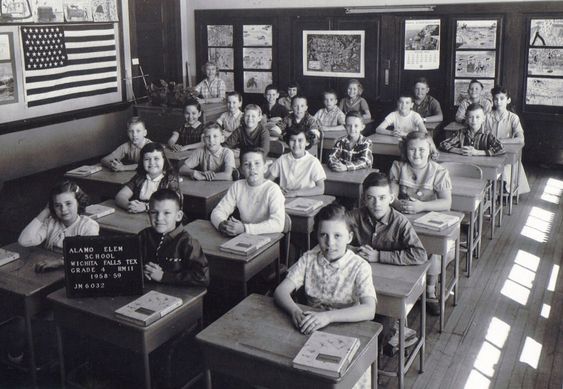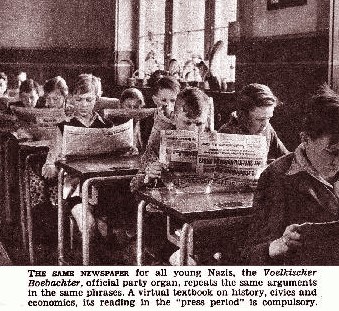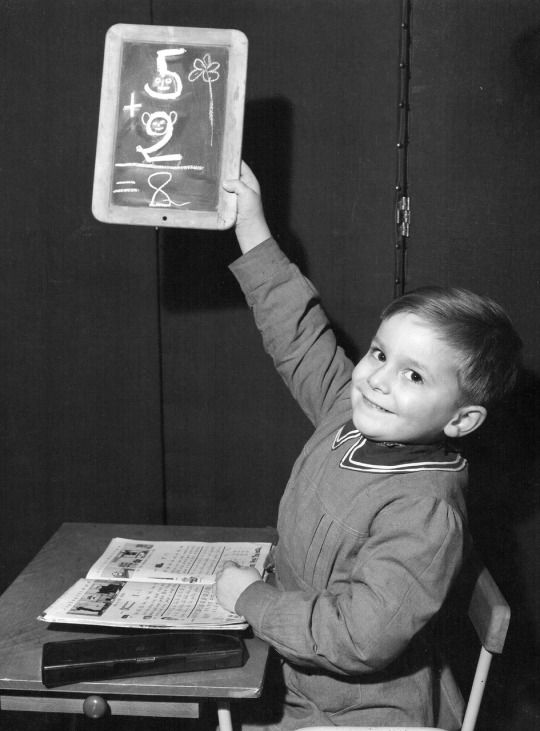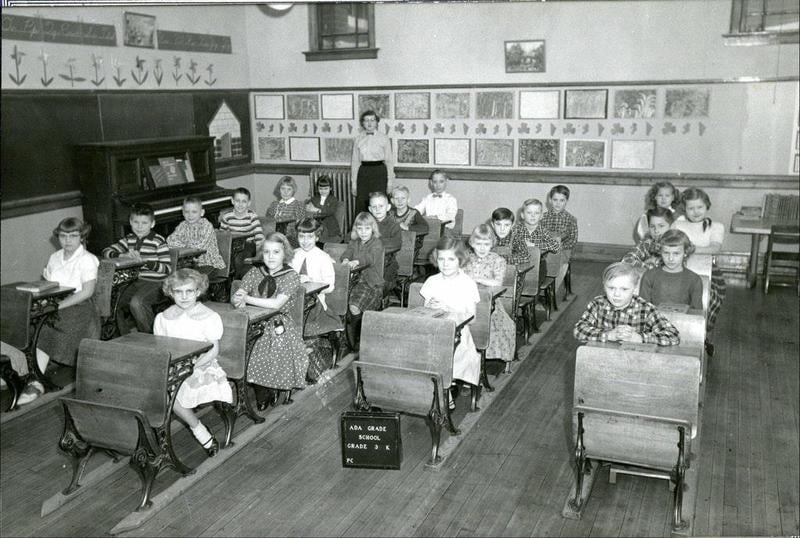Class room in the 1950s
Step back in time to the 1950s, a period characterized by post-war optimism and the dawn of a new era. Within the walls of a classroom during this time, students experienced a different educational landscape compared to today. Let’s explore what a typical classroom looked like in the 1950s and the learning environment that shaped the lives of many.
Walking into a 1950s classroom, one would be greeted with a scene of order and structure. Rows of wooden desks, arranged in neat rows facing the front, created a sense of discipline and conformity. Each desk held an inkwell, where students would dip their pens to write with ink, a common practice at the time.
The blackboard, a staple of every classroom, occupied a prominent space at the front. It served as the primary tool for instruction, where teachers wrote lessons, solved math problems, and shared important information. Chalk, an essential writing tool, filled the air with its distinctive sound as teachers imparted knowledge onto the board.
Teachers held a central role in the classroom, commanding respect and authority. They often stood at the front of the class, delivering lectures and directing lessons. Discipline and obedience were strongly emphasized, with strict adherence to rules and protocols. Students were expected to sit quietly, listen attentively, and follow instructions without question.
Textbooks played a vital role in the learning process. These were physical books that students carried to and from school, filled with lessons, exercises, and knowledge. Reading, writing, arithmetic, and grammar formed the core subjects, while science, geography, and history were also taught. Students spent significant time studying and memorizing facts and information from their textbooks.
Technology was limited in the 1950s classroom. The use of audiovisual aids was still in its infancy, with filmstrips, slide projectors, and overhead projectors gradually making their way into educational settings. However, these tools were not as prevalent as they are today, and traditional methods of teaching and learning prevailed.
Rote learning was a common approach, emphasizing repetition and memorization. Students would spend hours reciting times tables, historical dates, and spelling rules. Penmanship and cursive writing were also highly valued skills, with students practicing their handwriting diligently.
Discipline was maintained through a variety of methods. Corporal punishment, such as spankings or slaps, was unfortunately still a widespread practice in some schools. Detentions and standing in the corner were also used as disciplinary measures. The focus was on instilling respect for authority and fostering a sense of responsibility among students.
Despite the stricter atmosphere, classrooms in the 1950s also had a sense of camaraderie and community. Students often engaged in group activities, such as collaborative projects or classroom discussions. Social interaction was encouraged during recess or lunch breaks, providing students with opportunities to develop friendships and social skills.
The 1950s classroom reflects a different era in education, with its own set of values and practices. While it may seem restrictive by today’s standards, it laid the foundation for many individuals’ educational journeys. The classroom of the 1950s instilled discipline, a strong work ethic, and a focus on fundamental knowledge, shaping the minds and characters of those who passed through its doors.
As we look back on the classroom of the 1950s, we gain a glimpse into the educational landscape of a bygone era. It serves as a reminder of how education has evolved over time, adapting to changing societal norms and technological advancements. The experiences and lessons learned in these classrooms continue to influence and shape individuals, leaving a lasting impact on their lives and the world they inhabit.
Hits: 0









